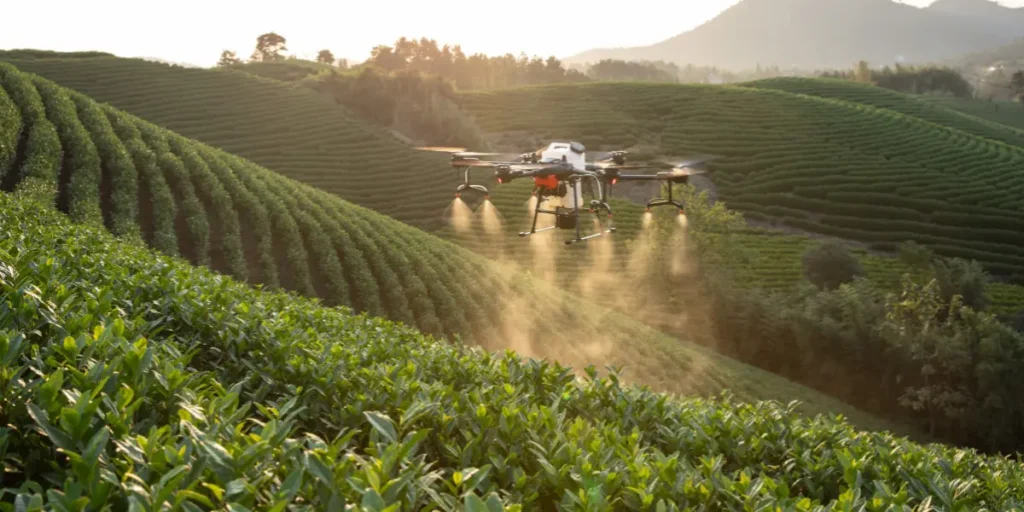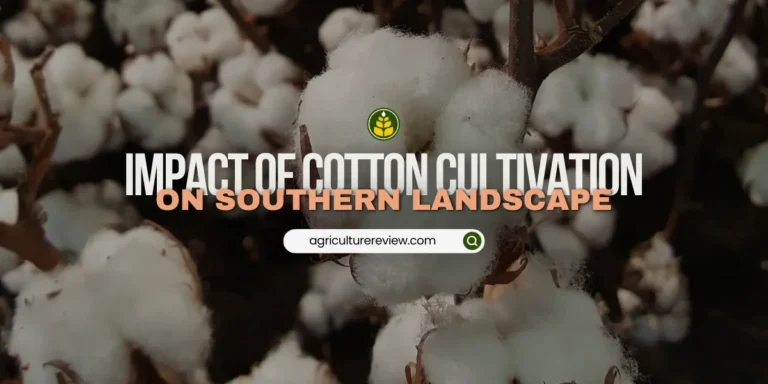What if you can optimize every inch of your land with precision or spot issues before they become problems? Sounds interesting! These are just a few of the benefits agricultural drones give you. Yes, it is true that agricultural drones are helping farmers, from crop monitoring to precision spraying. As a result, more farmers are now making a switch to this spraying drone to apply fertilizer or pesticides in pinpoint accuracy.
Are you still thinking about how to use drone for agriculture purposes? Let us explore every detail, from picking the right drone for your farm to how to use it best!
Table of Contents
What Are Agricultural Drones?
Agricultural drones are unmanned aerial vehicles (UAVs) designed to help farmers monitor crops or even spray fertilizers or pesticides with accuracy.
In agriculture, there are two main types of drones!
- Fixed-wing drones cover large areas more quickly. Hence, it is ideal for mapping or surveying large farms.
- Multirotor drones (like quadcopters) provide better manoeuvrability. Thus it makes them perfect for spraying or targeted applications.
Benefits of Using Drones in Agriculture
Agricultural drones are offering more exciting benefits. Let us check out some of them!
- Precision Farming- With the use of drones, farmers can spray fertiliser or pesticide precisely where it is required. Hence, it increases yields by decreasing expenses.
- Crop Monitoring- Drones come up with advanced sensors which can identify pests or nutritional deficits in crops more quickly. This will help farmers to monitor crop health.
- Soil Analysis- Farmers can improve their planting selections with the use of drones that provide essential data about fertility or moisture levels.
- Pesticide & Fertiliser Spraying- Drones let farmers cover large fields spraying pesticides or fertiliser without exposing themselves to harmful chemicals.
How to Use Drones for Agricultural Purposes?

Keep reading to learn more about how to use drones for agricultural purposes. Here, we provide a quick guide on how to get started with agricultural drones!
Choose the Right Drone for Your Farm
Your farm’s needs will help you decide which drone is best for you since not all drones are designed similarly.
Fixed-wing drones can cover more areas in one flight. This makes them ideal for big farms. For surveying or mapping, they are the perfect choice.
For smaller farms and more precise operations like spraying, rotary (multirotor) drones (like quadcopters) are appropriate.
With the ability to hover as well as long-range capabilities, hybrid drones are the best pick. Make sure you consider important factors like payload capacity or battery life before choosing the right drone for you!
Know the Drone Regulations
The first thing you should do before taking off is to check if flying is legal. When it comes to agricultural drones, every country has its own regulations.
The Directorate General of Civil Aviation (DGCA) in India mandates all agricultural drones to be registered and licensed.
The regulations vary depending on the country. But in most cases, it requires registration as well as adherence to no-fly zones.
Plan Your Flight & Mapping Routes
It is time to start making plans for your flights after you have your drone along with the required license.
- If you own an agricultural drone, you can schedule your flights using software like DroneDeploy or DJI Terra.
- Select the desired spraying region.
- You can even adjust things like speed, image resolution or altitude for the best results.
Collect and Analyze Data
Drones help farmers to collect valuable data in addition to flying. Drones usually come with specialised cameras and sensors to capture NDVI (Normalised Difference Vegetation Index) images for assessing crop health.
By identifying areas of plant stress, NDVI imaging can better show where crops need more fertiliser or pesticides.
By analysing the data, AI-powered software finds areas of concern in addition to providing useful insights. The use of agricultural drones for data collecting helps farmers to increase yields while decreasing wastage.
Implement Spraying Based on Data
Drones are very helpful in spraying only where they are needed instead of spraying an entire field. As a result, it reduces excessive chemical usage as well as expenses.
Drones are very helpful in spraying only where they are needed instead of spraying an entire field. As a result it reduces excessive chemical usage as well as expenses.
Even some advanced drones can detect soil moisture or spray precisely. With the advancements in technology today, drones are now helping farmers with better yields!
Experience Efficiency with Agricultural Drones
The future of farming is more promising with technological advancements like agricultural drones!
Making a switch to drones from traditional approaches helps you save time, costs, and much more. They are helpful for farmers, from precision spraying to crop monitoring for higher yields.
Even small-scale farmers can now make use of agricultural drones to experience efficiency with renting options. It’s time to make use of drones in your agricultural operation to enjoy the many benefits with less impact on the environment.
Make your start to smart farming with agricultural drones today!





